
| Recorded by: Allison Garton on 2025-08-27
Moore Co.
Comment: | 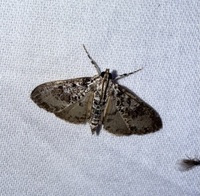
| Recorded by: Marilyn Westphal on 2025-08-14
Henderson Co.
Comment: |
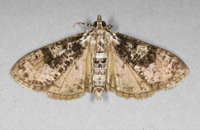
| Recorded by: Jim Petranka and Becky Elkin on 2025-07-26
Madison Co.
Comment: | 
| Recorded by: Jim Petranka and Becky Elkin on 2025-07-26
Madison Co.
Comment: |

| Recorded by: Dean Furbish on 2025-07-04
Wake Co.
Comment: | 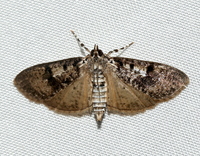
| Recorded by: David George, David Cheng, Patrick Coin on 2025-06-29
Richmond Co.
Comment: |

| Recorded by: David George, David Bradley, Becky Watkins, David Cheng, Michelle Lotker, Tracy Feldman, et al. on 2025-06-28
Durham Co.
Comment: | 
| Recorded by: Jim Petranka, Mark Basinger and Becky Elkin on 2025-06-25
Mitchell Co.
Comment: |
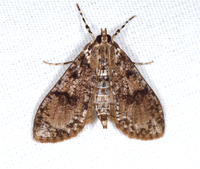
| Recorded by: Jim Petranka on 2025-06-08
Madison Co.
Comment: | 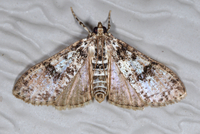
| Recorded by: Jim Petranka on 2025-05-06
Madison Co.
Comment: |
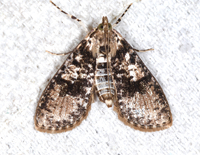
| Recorded by: Jim Petranka on 2025-05-01
Madison Co.
Comment: | 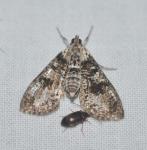
| Recorded by: K. Bischof on 2025-04-30
Chatham Co.
Comment: |
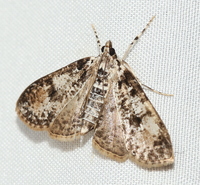
| Recorded by: David George, Bonnie Eamick on 2025-04-25
Wake Co.
Comment: | 
| Recorded by: Jeff Niznik on 2025-04-23
Orange Co.
Comment: |

| Recorded by: Emily Stanley on 2025-04-21
Buncombe Co.
Comment: | 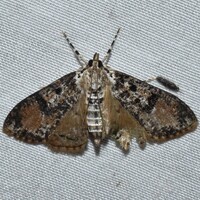
| Recorded by: David George, Jeff Niznik on 2025-04-05
Chatham Co.
Comment: |
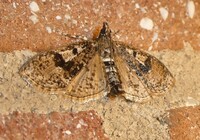
| Recorded by: Simpson Eason on 2025-03-30
Durham Co.
Comment: | 
| Recorded by: Lior S. Carlson, Dean Furbish on 2025-03-19
Orange Co.
Comment: |
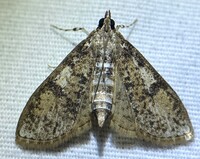
| Recorded by: Lior S. Carlson, Dean Furbish on 2025-03-19
Orange Co.
Comment: | 
| Recorded by: Michael P. Morales on 2025-03-13
Cumberland Co.
Comment: |
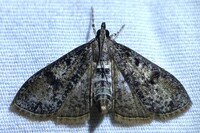
| Recorded by: Dean Furbish, Lior S. Carlson on 2025-03-12
Orange Co.
Comment: | 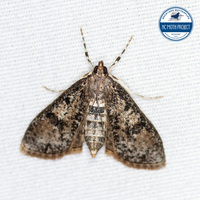
| Recorded by: Dean Furbish, Lior S. Carlson on 2025-03-12
Orange Co.
Comment: |
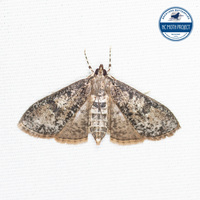
| Recorded by: Dean Furbish, Lior S. Carlson on 2025-03-12
Orange Co.
Comment: | 
| Recorded by: John Petranka on 2024-09-04
Orange Co.
Comment: |

| Recorded by: John Petranka on 2024-08-31
Orange Co.
Comment: | 
| Recorded by: Mark Basinger on 2024-08-25
Wilson Co.
Comment: |

| Recorded by: Owen McConnell on 2024-08-19
Graham Co.
Comment: | 
| Recorded by: David George, Jeff Niznik, Kenneth Geisert, David Bradley, Julie Tuttle, Patrick Coin, Kaitlyn Elliott, Becky Watkins on 2024-08-17
Durham Co.
Comment: |
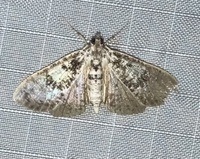
| Recorded by: Ken Kneidel on 2024-08-12
Yancey Co.
Comment: | 
| Recorded by: Mark Basinger on 2024-08-03
Mitchell Co.
Comment: |
|

 »
»
























